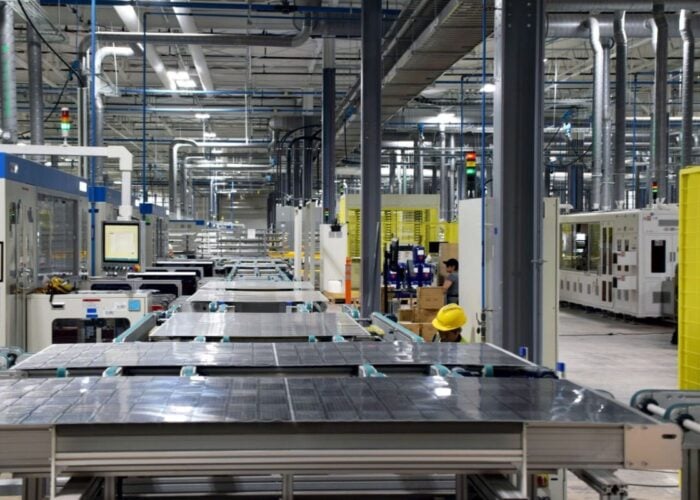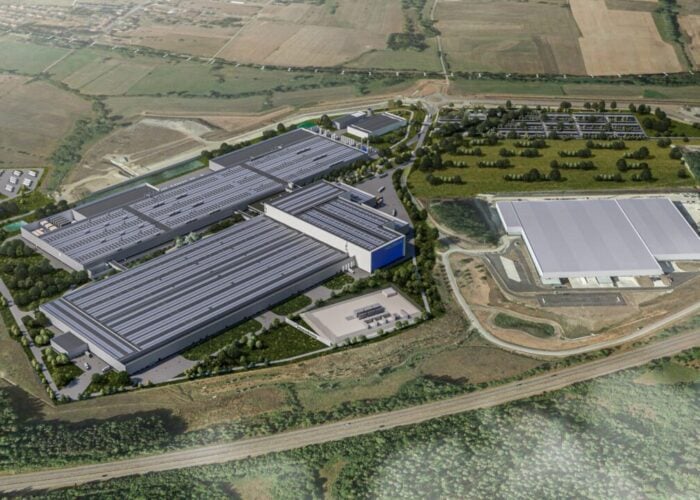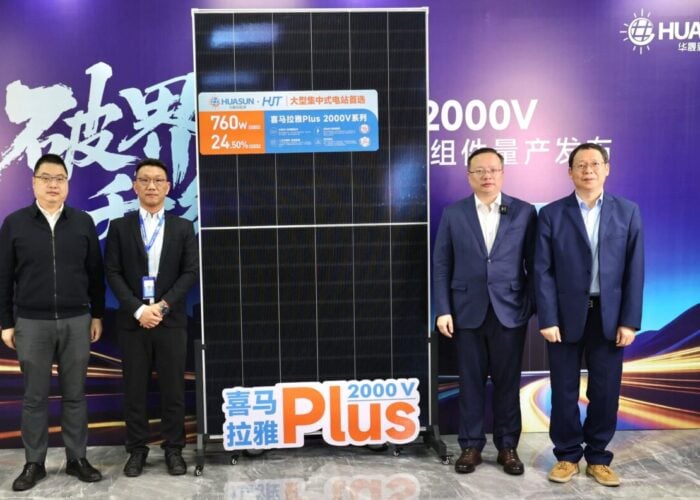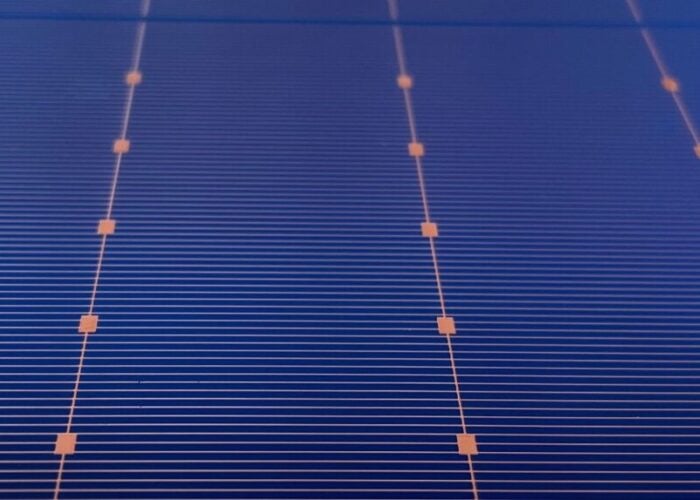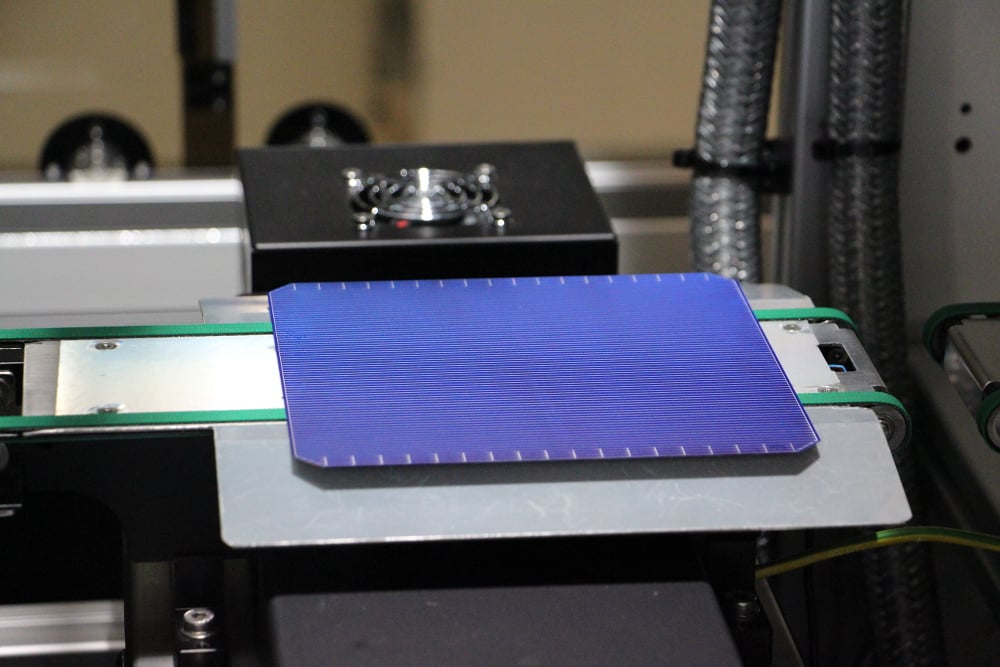
Russia-based high-efficiency heterojunction solar module producer Hevel Group has started producing heterojunction solar cells using the M2+ (157.35 mm x 157.35 mm) n-type mono wafer, providing cell peak power up to 5.88Wp.
As a result of transitioning to the larger wafer size, Hevel said that its HJT power output was 330Wp for its 60-cell glass/backsheet modules and 390Wp for its glass/glass 72-cell modules.
Try Premium for just $1
- Full premium access for the first month at only $1
- Converts to an annual rate after 30 days unless cancelled
- Cancel anytime during the trial period
Premium Benefits
- Expert industry analysis and interviews
- Digital access to PV Tech Power journal
- Exclusive event discounts
Or get the full Premium subscription right away
Or continue reading this article for free
The company also noted it had started testing M6 (166mm x 166mm) n-type mono wafer-based HJT solar cells that are designed for multi-busbar / multi-wire interconnection technology.
Hevel said that the 6%-larger-area M6 wafer-based cells were testing out at 6.71Wp. The M2-based cells were said to have maximum cell efficiency rates of 23.8%, while maintaining an average of 23.3%.
Recently, Hevel said it was set to expand solar cell and module assembly capacity to 340MW in 2020, up from 260MW.


